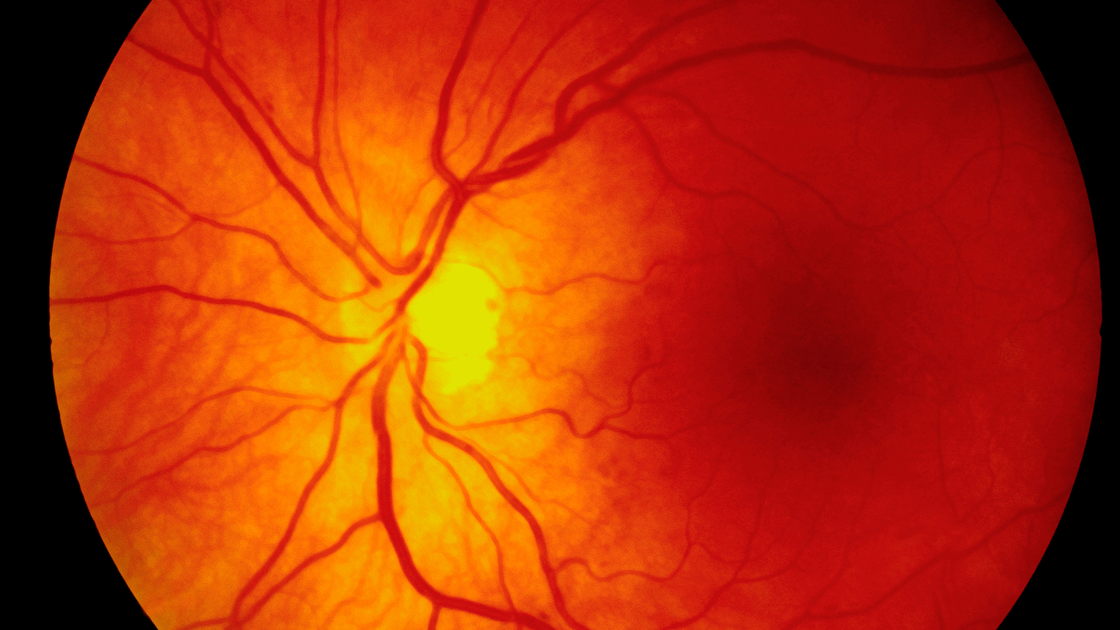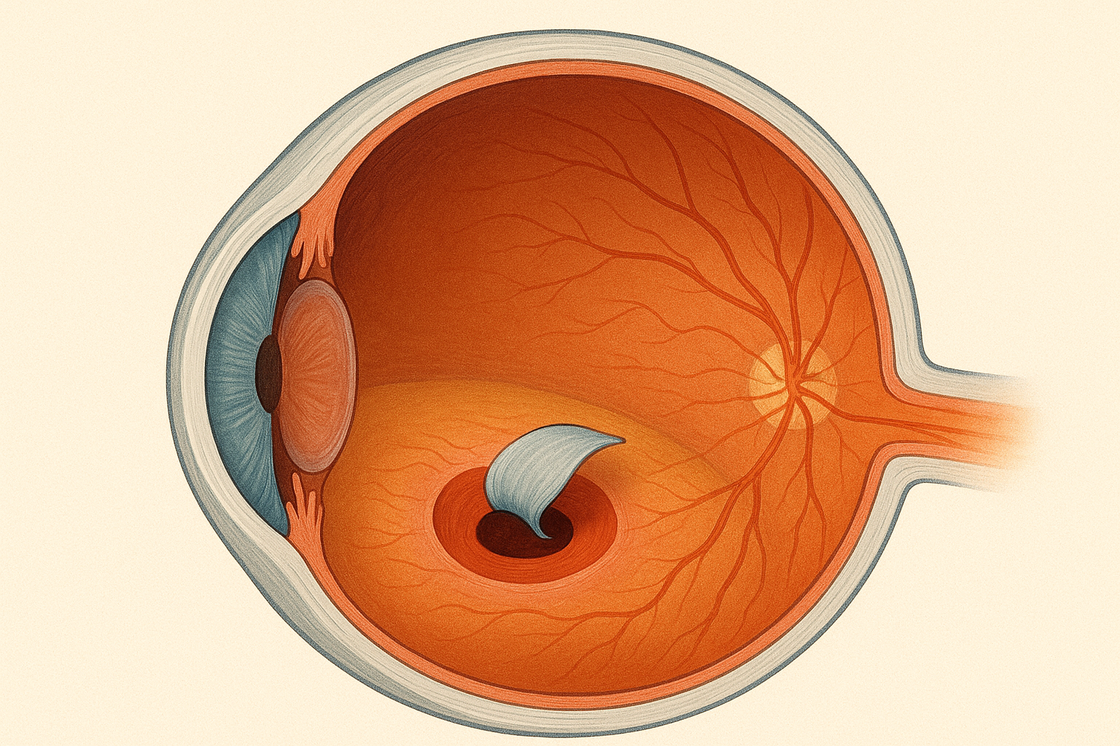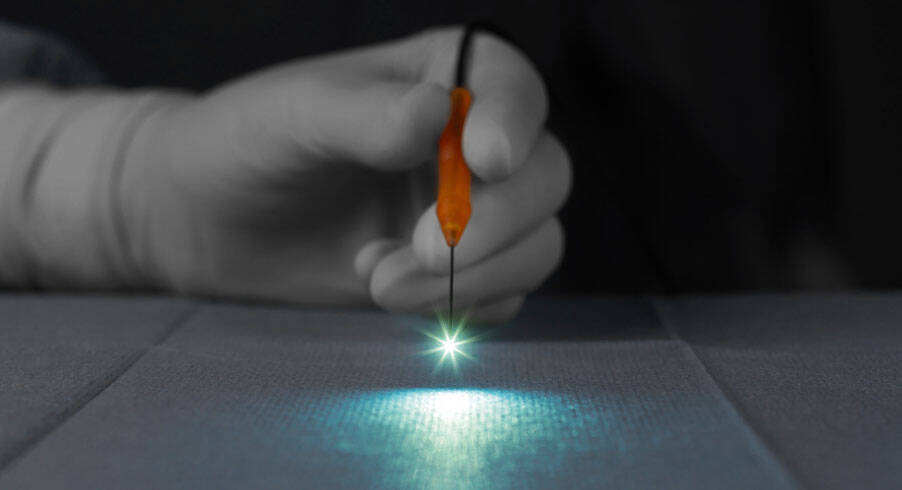
Surgical Management of Macular Holes: Techniques, Success Rates & Risks
Published: 13/08/2025, Reading time: 4 minutes
Full-thickness macular holes (FTMH) can lead to significant central vision loss. Thanks to modern vitreoretinal surgical techniques, both anatomical closure and visual outcomes have improved significantly. This article provides a structured overview of current surgical approaches, success rates, and clinical considerations. All based on recent scientific evidence.

Overview: Pathophysiology and Standard Approach
MFTMHs are commonly idiopathic, but can also result from high myopia, tractional forces, or inflammatory disease. The standard treatment involves pars plana vitrectomy (PPV) with internal limiting membrane (ILM) peeling and gas tamponade, resulting in closure rates of ~90-95% for holes <400 µm 1.
However, for large or chronic holes, closure rates drop significantly to around 60-80% 2.
ILM Flap Techniques: Inverted, Free, Cover & Variants
-
Inverted ILM Flap
For large macular holes (>400-500 µm), the inverted ILM flap technique is now widely accepted. The ILM is not completely removed but is folded over the hole to serve as a scaffold for retinal gliosis and repair 3.
-
A meta-analysis showed a significantly higher closure rate of 94.8% compared to 78.7% with conventional ILM peeling 3.
-
A multicenter real-world cohort study demonstrated an increase in closure from 86% to 96% in holes >500 µm using the flap technique 4.
-
Even without face-down positioning, closure and visual gain were achieved in 94% and 91%, respectively, in large macular holes 5.
-

Free ILM Flaps & Cover Techniques
In cases where local ILM is absent (e.g. revisions), free ILM flaps can be transplanted – yielding closure rates of ~86% 6.
The "Cover" vs. "Fill" technique variants show similar anatomical outcomes, but the Cover method may lead to faster visual recovery and better fixation 7.
Overview: Pathophysiology and Standard Approach
MFTMHs are commonly idiopathic, but can also result from high myopia, tractional forces, or inflammatory disease. The standard treatment involves pars plana vitrectomy (PPV) with internal limiting membrane (ILM) peeling and gas tamponade, resulting in closure rates of ~90-95% for holes <400 µm 1.
However, for large or chronic holes, closure rates drop significantly to around 60-80% 2.
Clinical Considerations
-
Hole size and chronicity are key predictors of surgical success 2.
-
Type-1 closures (U- or V-shaped) achieved with flap techniques are associated with better photoreceptor restoration 3.
-
Flap techniques require advanced surgical skill and careful manipulation.
-
Face-down positioning may no longer be essential, especially with inverted flap methods 5.
Oertli Solutions in Macular Hole Surgery
Modern macular hole surgery relies not only on surgical skill and technique - but also on precision instrumentation and fluidic control. In this context, the choice of vitrectomy platform can directly impact safety, flap manipulation, and tamponade stability.
Oertli’s surgical platforms, such as the OS 4 and Faros systems, are designed with these challenges in mind.
Key Benefits for Macular Hole Procedures:
- The 3 -Pump Fluidics System allows surgeons to freely choose the ideal mode (peristaltic, venturi or SPEEP) depending on the intraoperative step. This flexibility can be useful when switching between core vitrectomy and delicate membrane peeling.
-
A good visualisation is also crucial for Macual Hole Procedures. Various illumination solutions support the choice of the right instrument. If it is a Chandelier illuminator for a comprehensive view of the vitreous body and the retina or a shielded panorama illuminator.
-
A Continuous Flow Cutter that offers a continuously open port generates less traction force at the retina.
-
The Caliburn Trocar System provides easy and smooth access with postoperative wound closure, supporting minimally invasive procedures.
These capabilities makes the OS 4 and Faros a highly suitable device for performing vitreoretinal macular hole surgery.

Oertli data on file
This blog post now accurately references the provided sources in the correct order, ensuring clarity and proper attribution of information. If you have further adjustments or additions, feel free to ask!
This blog was written with the support of artificial intelligence (Chat-GPT).
